Arrowhead Platform Interview
In this interview, Brian Nielsen from Aalborg University will introduce the Arrowhead platform and explain his work within the domOS project.
Brian Nielsen is an Associate Professor, Ph.D. at the Department of Computer Science, Aalborg University. He is a member of the Distributed and Embedded Systems research group. His research interests include distributed, embedded, and cyber-physical systems and software, Internet-of-Things, robotics, methods and tools for model-based development and test generation for embedded real-time systems, and industrial applications. A current focus is ICT infrastructure for energy control and optimization in buildings.
domOS Arrowhead
1. What is the domOS-Arrowhead platform made out of (its components, architecture)?
The domOS Arrowhead platform uses the Arrowhead SOA industrial automation framework as a foundation to implement the domOS ECO System specification. This allows platform components as well as applications to take advantage of the Arrowhead automation clouds and its core services.
The domOS Arrowhead platform targets an open platform and thus addresses the particular security concerns that arise from this. It implements the following key features:
· AIM using OATH2.1 implemented by Keycloak, a standard and well-known access and identity manager.
· domOS dCO compliant things- and building descriptions.
· Semantic web-based knowledge bases, validation, and semantic queries. Building descriptions are queried using semantic web sparql queries. Support for import and export via JSON-LD is planned.
· Forced intermediation handles all communications between external applications and things performing access control upon each affordance access.
· Fine-grained things access control on affordance level; each access to a thing’s affordance is checked against specified rwx affordance permissions as specified by the building owner.
· Uses an intermediation strategy that enforces a distinction between registered things and their credentials from things descriptions that are revealed to applications. Hence the internal things descriptions are re-written before they are sent to applications.
· Internal and external applications. An application may be written as a normal Arrowhead application and executed in the local cloud, or it may be completely external.
· Efficient implementation of the intermediator using Reactive Java. The platform has the ability to add multiple intermediators when required for scaling.
· It is developed as an Arrowhead-compliant SOA application, thus building on a well-established software infrastructure. Application service providers and consumers execute core services in a local automation cloud. It thus provides an industrially accepted foundation to base developments thereby increasing the possibilities for wider adoption. It further supports a variety of deployment options with local and remote automation clouds.
The domOS platform adds to the Arrowhead components to serve as things description- and building description directories forced intermediation with access control, platform monitoring, and user and management interfaces, see below.
Overview of implemented domOS-Arrowhead components
Reachability of the Building Descriptions: The platform offers a REST API for semantic querying of the building description using sparql queries. The semantic inference is done by the platform. These are handled by the BDD component. Import/export of building descriptions in JSON-LD is planned, but not yet implemented.
Reachability of the Things Descriptions: Things descriptions are offered through a WoT standard-compliant things description directory via a REST API. We remark 1) there are two interfaces, one for the platform components that output the actual things descriptions and one for applications that return a modified description where the access URL and credentials point to the platform to enable the forced intermediation. Also, 2) the BDD is the normal gateway to query the building.
Generation of the TDs and BDs: At present no user interfaces exist to edit or import things- or building descriptions, so they are loaded manually.
Access to legacy systems: Neogrid has developed an automated generation of things descriptions from their platform for the Aalborg demonstrator. The export of building descriptions is ongoing.
2. How and when would domOS-Arrowhead be accessed? (When will it be available?)
The domOS-Arrowhead platform is in beta development. It will be tested and demonstrated during the next half a year, and further user interfaces developed. It is being containerized for easier deployment. Then it will be publicly released.
An instance of the domOS-Arrowhead platform will be run, administrated, and hosted by a platform operator. Thus, building owners will need to contact a platform operator, which may or may not coincide with companies delivering energy services, housing associations, or private hosts.
3. What do I need in my building to connect to domOS-Arrowhead?
Things descriptions of deployed sensors and actuators, a building description, and a subscription/agreement with a platform operator and a supplier(s) of one or more smart energy service(s). Devices must be accessible via the resource locator given in the TD.
4. What are the benefits that the domOS-Arrowhead offers?
The ambition of the domOS ecosystem is to improve interoperability between buildings and service providers, breaking down both technical IoT and business silos, and opening buildings up for access to more service providers with less effort. Being compliant with the domOS eco-system the domOS-arrowhead platform provides the ICT to enable this ambition.
Further main advantages are the fine-grained access control offered to the building owner, and the ability for a platform operator to manage several buildings and different service providers.
5. On what kind of building is the domOS-Arrowhead platform used?
Residential buildings, one-family houses, and apartment blocks are offered by housing associations.
6. Where can more information be found? Who should I contact?
So far, the current implementation is described in domOS deliverable D2.5, (*which will be uploaded to the domOS website after approval) and contact bnielsen@cs.aau.dk.

